This is one of four units designed to be delivered at any, or all three of the stages of Primary school. Through exploration of the topic ‘Treasure’, children at KS1 can develop ‘Building Blocks’ of knowledge and understanding in key areas that will help equip them to make sense of the challenging history of transatlantic slavery later in their schooling. Explore the unit’s ‘Learning Objectives’ to understand how this unit prepares children for approaching this history. The topic has been designed to also deliver key components of the KS1 curriculum.
Children are asked ‘what is treasure?’ by considering which objects of their own have value. This draws out discussion around what is meant by ‘value’, and how objects are valued for different reasons – for example because they are loved and have sentimental value, because they are useful and necessary for a task, because they have religious or spiritual meaning or because they are constructed out of commercially valuable materials. Children will go on to learn about which objects and commodities had value in the past, and how and why the value of these goods has changed since then. The role of museums is also explored in this unit – drawing out discussion on how museum objects are selected, interpreted and displayed and how objects from around the world came to be in British museums today.
The unit is structured around a learning cycle and offers teachers a topic that can be tailored according to the needs and interests of the class and teacher.
Stage 1: Entry Activity
Treasure Chest
Children are asked to bring in to school an object that is special and important to them. Each child will ‘show and tell’ the class about their object and why it is special. All the objects are then displayed in a ‘treasure chest’ in the classroom and kept safe there for the duration of the project.
Teacher Approach
Adult led / supported – drawing out questions from the class such as:
- Why is that object special?
- Is it treasure?
- What does it tell us about you?
- Would you want to swap it for something that another child treasures?
- What would you swap it for?
- Does my treasure have a monetary value?
- Does my treasure have a personal value?
- Is this the same?
Big Question: What can treasure tell us about people?
Stage 2: Immersion
Children identify their challenge and raise their own questions to investigate. Final challenge is introduced.
Big Question: What can treasure tell us about people?
Pupil voice
opportunity for learners to ask questions to direct the enquiry
- Why do people want treasure? What is treasure?
- Does everybody agree on this? Who chooses which treasure is displayed in museums?
- Why do people go to see treasure displayed?
- Is treasure the same all over the world?
- Do we treasure the same objects now that we did long ago? Why?
- How much is treasure worth?
- Does everybody agree?
Teacher Approach
leading the class or dividing into groups to undertake suggested activities
- Children investigate objects to explore what is regarded as treasure today in Britain and in other countries (focusing specifically on ancient art, architecture and trade goods in Africa pre-slavery).
- Why do British museums have treasures from other countries on display?
- How did they get these?
- Would a museum want to display the objects the class have brought in the future? Are they treasure? Would future museum visitors understand why they are regarded as treasure to the children they currently belong to?
Stage 3: Have a go
Children use their learning to have a go – activities that allow them to make mistakes and develop skills.
Big Question: What can treasure tell us about people?
Pupil voice
opportunity for learners to ask questions to direct the enquiry.
- Why do people want treasure? What is treasure?
- Does everybody agree on this? Who chooses which treasure is displayed in museums?
- Why do people go to see treasure displayed?
- Is treasure the same all over the world?
- Do we treasure the same objects now that we did long ago? Why?
- How much is treasure worth?
- Does everybody agree?
Teacher Approach
leading the class or dividing into groups to undertake suggested activities.
- Drawing maps to show where in the world treasures from British museums have come from and how they came to Britain (was this fair?) Can they find examples in British museums of ancient African treasures?
- Writing object labels that tell us why that object was treasured then and is now.
- Sequencing objects according to chronology and origin.
- Role-playing what the person who originally owned the object would say about it – would it have been less or more valuable to them? (both monetary and personal value)?
Stage 4: The Challenge
Big Question: What can treasure tell us about people?
Suggested ‘challenges’ to answer the ‘big question’
Class compiles and displays an exhibition to answer the big question.
They exhibit their own treasures, with labels explaining why they are treasures and what they can tell us about who they belong to. They exhibit representations of objects from museums that were treasures in other countries, with labels explaining why they are in British museums and what they tell us about the people from that country (to include examples from ancient Africa).
Children prove their learning by answering the ‘big question’- adult steps back, children are empowered and supported.
Learning Objectives
Making sense of the history and legacies of transatlantic slavery in Britain today requires first some knowledge and understanding of some key areas. These have been listed in the Building Blocks resource as ‘Learning Objectives’ under the headings
- Africa, the Caribbean and North and South America (the African diaspora)
- Trade Links
- Human Rights
- Identity
When learning the history of Transatlantic slavery, children will learn how human beings were traded for commodities such as guns, cowrie shells, beads and manilas in order for these enslaved people to labour in the production of goods such as sugar and tobacco. In order to comprehend how this situation arose in Britain’s past, they must first appreciate how changing trade, global economy and domestic demand affected what was considered ‘valuable’ to the British market at this time, as well as which goods had high ‘value’ to African traders. The unit is designed to develop these building blocks of knowledge and understanding in children before they tackle the history of Transatlantic slavery.
Children who have completed the ‘Treasures’ unit at Key Stage 2 level will be able to discuss how goods have different values according to different perspectives, how the value of commodities has changed through history and why, and how museum ‘treasures’ can help us to understand the past. The unit also encourages children to consider how and why objects or ‘treasures’ of their own have special value and significance, and what it would mean to have such objects taken away or disrespected.
Beginning with simpler concepts at EYFS, then working through more sophisticated issues at Key Stage 1 and Key Stage 2, completion of this unit will allow children to better understanding Ancient African history, the concept of trade and how a person’s identity is represented – essential building blocks of knowledge and understanding to make sense of transatlantic slavery. All children will learn this history at Key Stage 3.
USI ‘Building Blocks’ Learning objectives
By completion of this unit at Key Stage 2 children will:
-
Africa, the Caribbean and North and South America (and the African ‘Diaspora’).
- Know about the African continent pre-transatlantic slavery, including its contribution to ancient civilisation, the development of trade and how this historical development compared with that of other civilisations in Europe.
-
Trade Links
- Understand the system of trade and how it works and be able to give historical and contemporary examples of trade on a local and international scale.
- Know about the importance of trade to Britain and be able to give examples of goods that have been traded throughout history.
- Know about ships and the importance of the sea in the movement of goods around the world for trade, past and present.
- Be able to make judgements on the value of goods and what is fair and unfair relating to trade, give examples and communicate why they have made this conclusion.
- Be able to identify some of the commodities that they consume that are produced in Africa, the Caribbean and North and South America and use their knowledge to debate the fairness of the systems of trade for these.
- Be able to make links between the history of Britain, Africa, the Caribbean and North and South America to understand why inequalities exist between these countries in terms of trade.
-
Identity
- Know that British society is shaped by a long history of various forms of migration from around the world and be able to give examples of how this has influenced our identity, and how Britain is viewed by other countries.
- Be able to discuss their identity and have a sense of their place in the world.
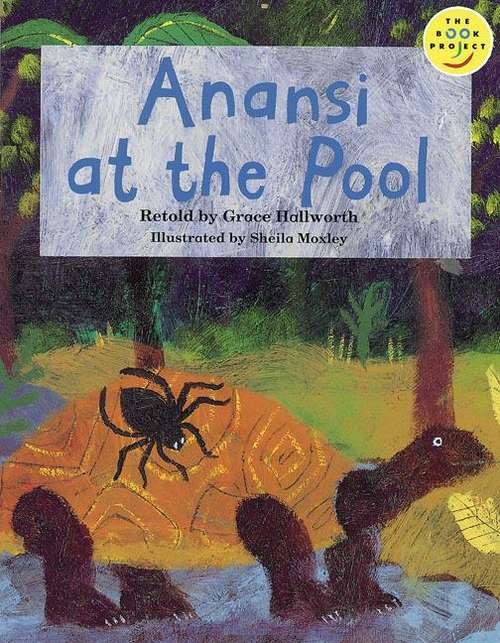
Anansi at the Pool
isbn: 978-0582124141
publisher: Longman Book Project
year: 1994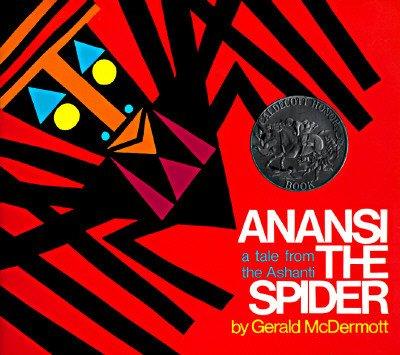
Anansi the Spider – a tale from the Ashanti
isbn: 978-0833513601
publisher: Turtleback Books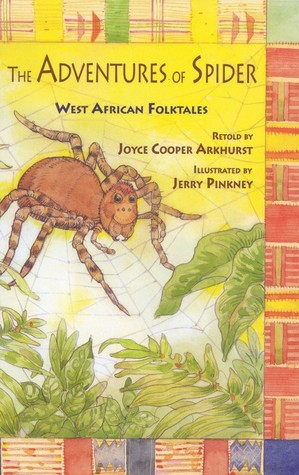
The Adventures of a Spider – West African Folktales
isbn: 978-0316051071
publisher: Little, Brown Books for Young Readers
year: 1992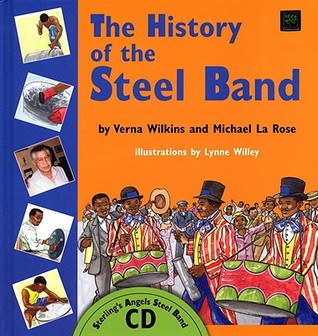
The History of the Steel Band
isbn: 9781870516747
publisher: Tamarind
year: 2006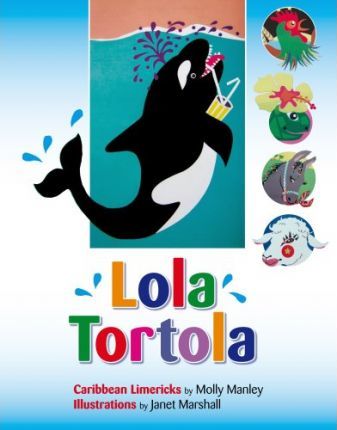
Lola Tortola; Caribbean Limericks
isbn: 9780230731264
publisher: MacMillan
year: 2009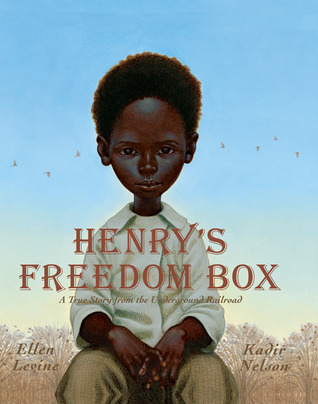
Henry’s Freedom Box; A True Story from the Underground Railroad
isbn: 9780439777339
publisher: Scholastic Press
year: 2007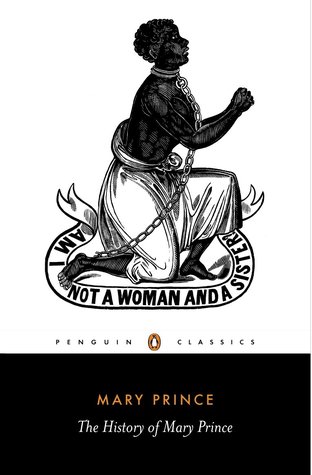
Mary Prince: The History of Mary Prince
isbn: 9780140437492
publisher: Penguin
year: 2017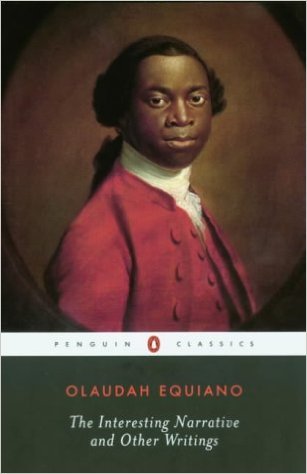
The Interesting Narrative and Other Writings
isbn: 9780142437162
publisher: Penguin Classics
year: 2003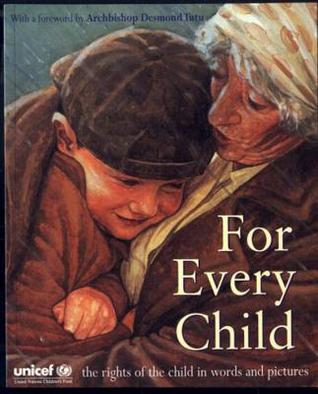
For Every Child
isbn: 9780099408659
publisher: Red Fox
year: 2002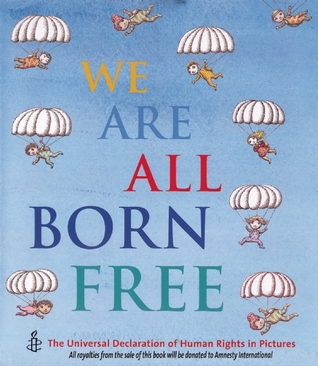
We Are All Born Free: The Universal Declaration of Human Rights in Pictures
isbn: 9781845076504
publisher: Frances Lincoln Children's Books
year: 2008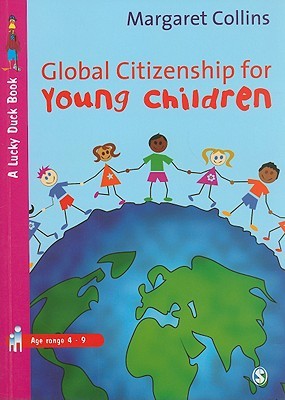
Global Citizenship for Young Children
isbn: 9781412946308
publisher: Sage Publications Ltd
year: 2008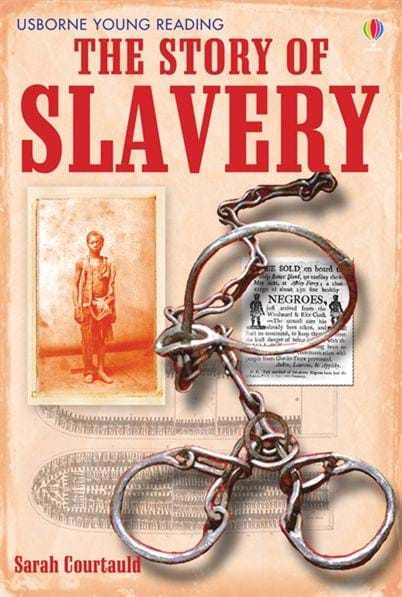
The Story of Slavery
isbn: 978074608752-7
publisher: Usborne